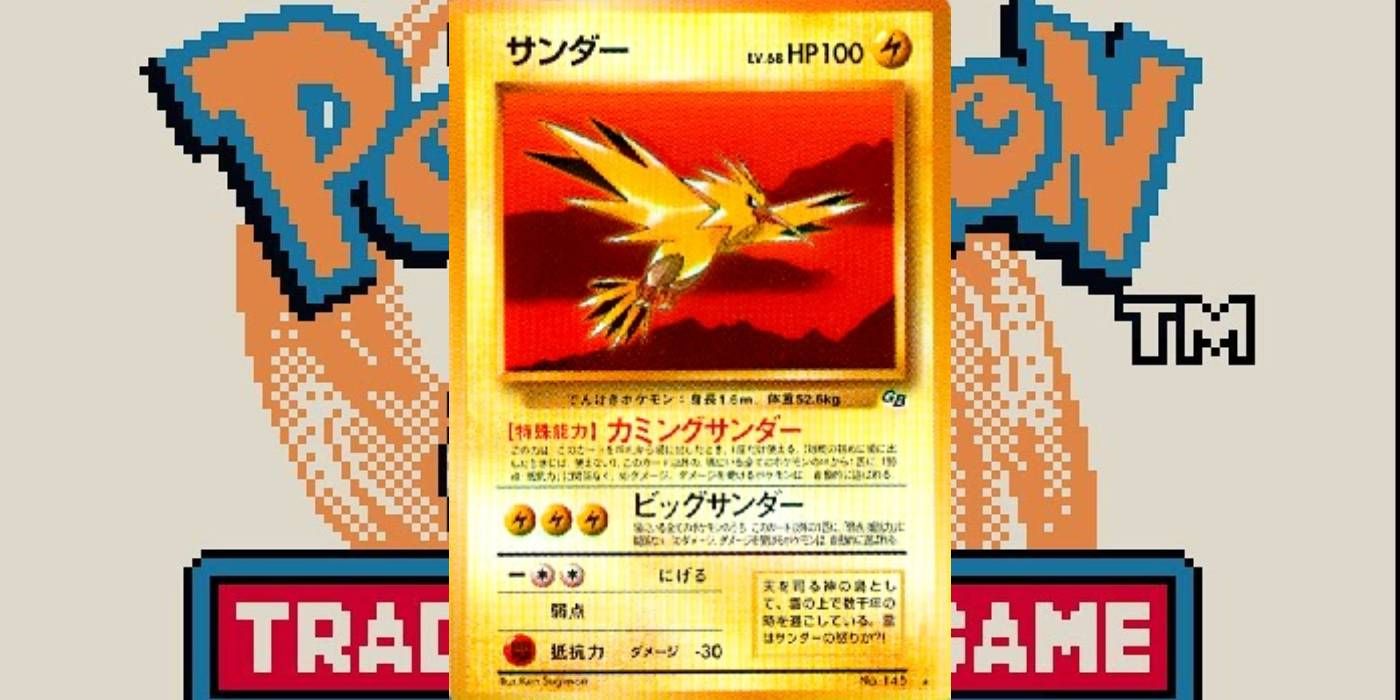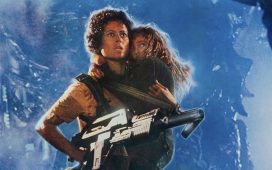The Pokémon Trading Card Game for Game Boy Color is a good recreation of the card game, but some of its original cards would be unusable in real life.
The Pokémon Trading Card Game Game Boy title is a great way to learn how to play TCG, but it includes some cards that could never work in the physical version. While all sorts of effects have been experimented with in the card game, the end result has always been workable in some way. Despite that, Pokémon Trading Card Game managed to create cards that would be unworkable in reality.
In the Pokémon Trading Card Game for Game Boy Color, the player has to defeat eight equivalents of gym leaders, then face off with the game’s version of the Elite Four. There is even a recurring character named Ronald who they fight multiple times, similar to rivals from other Pokémon games. It is admittedly outdated, since it only covers cards from the first couple of sets, and no Pokémon outside of the original 151. In addition to all of these real-world cards, there are also a few that were designed exclusively for the Game Boy Color game, identified by a “GB” logo on their information screen.
Pokémon TCG For Game Boy Color Had Cards Whose Effects Couldn’t Be Replicated In Real Life
Most of the GBC- exclusive cards are fairly benign, with nothing unusual about them aside from not existing outside of the game cartridge. Although there are a few oddities, such as GB Ninetales having a move that requires 8 coin flips to resolve, they are generally no stranger than Pokémon TCG‘s fossil Pokémon. However, a few of these cards have random elements to them which leave their effects up to chance. Rather, the effects work with a random number generator that would be impossible to replicate in a tabletop game.
Random Effects Can’t Work In The Pokémon Trading Card Game
For example, the legendary Zapdos’ Big Thunder attack deals 70 damage to a randomly chosen Pokémon, including the player’s own benched Pokémon. The problem with this ability is that it would be impossible to truly choose a Pokémon at random without introducing some new mechanic to make up for it. An even worse example may be the legendary Moltres’ Firegiver, which has a valuable effect for a Pokémon card, allowing a random amount of Fire energy cards to be added to the user’s hand. In reality, deciding a random amount would be more difficult than choosing a random target, especially since virtually every player would always want the maximum amount of energy.
Some outside tactics, like flipping coins or rolling dice, could aid in certain cases. However, randomness as a mechanic in card games is almost unworkable in most situations. The only time where it can be honestly implemented is in discarding a random card from the opponent’s hand because it’s easy to ensure that there’s no bias in choosing an unseen card. Randomness only works as a mechanic in video games because the AI has the capability to determine a result without touching any cards. Even with Kadabra returning to the Pokémon TCG, the random effect cards won’t be following it.
The Pokémon Trading Card Game video game is a faithful recreation of the card game, but that didn’t keep it from including a couple of cards that could never exit the video game. Although random effects are an interesting concept, they would be all but impossible to resolve outside a video game. For this reason, these cards could not enter the Pokémon Trading Card Game in real life.
Source: Triple S Games/YouTube














